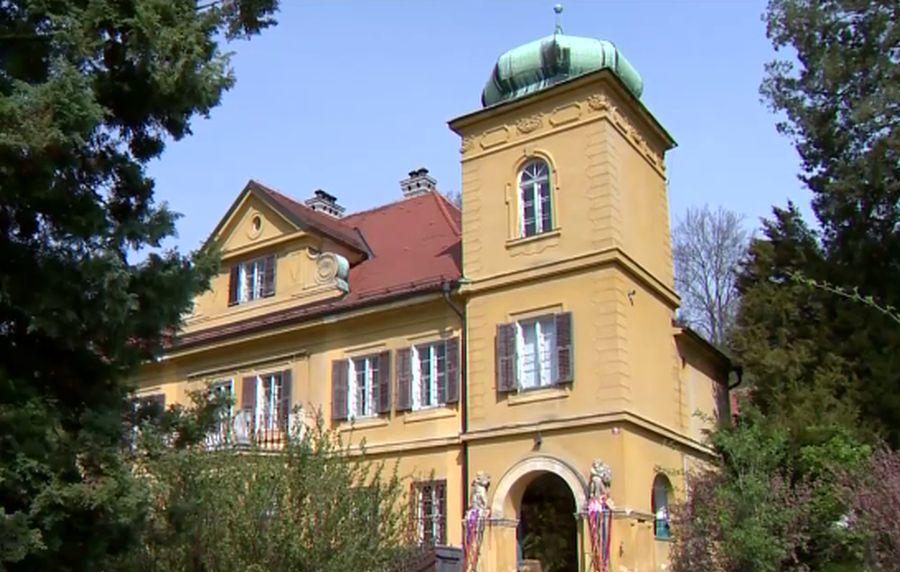
Even though it has been closed to the public for much of the past decade, the Gutenbuchel mansion outside of Šoštanj in Slovenia’s Štajerska region has impressive stories to tell its visitors. The building’s fate has been tied to prominent families who helped transform what was once a small village into a lively industrial town.
The origins of the mansion go back to the 16th century, but its most prominent owners took it over at the dawn of the industrial era. One of the owners was so enthralled by the idea of industrial progress that he had a replica of the Eiffel Tower built in the mansion’s impressive park.
The property was then taken over by the Woschnagg family after World War I. Members of the illustrious dynasty had helped to transform a local leathermaking workshop into one of the most modern factories in this part of Europe. Their factory transformed Šoštanj into an industrial center with all the trappings of a prosperous Central European town. Shortly after purchasing the mansion, Franz Woschnagg decided to completely renovate his new home. His wife Marianne had studied design in Vienna and led the renovation. The makeover gave the mansion a brand-new appearance, with impressive inlaid wood and parquet flooring, as well as a garden full of exotic plants and even a swimming pool.
During World War II, the Woschnagg family supported the Partisan resistance even though they had identified as ethnic Germans. After the war, they moved to Austria, and the mansion was nationalized by the Communist authorities. For several decades, it housed a psychiatric hospital, but when the hospital was moved to another facility, the Gutenbuchel mansion became abandoned – and permanently closed to the public.
However, an architect named Andreja Kumer recognized the building’s value. On her initiative, the mansion now opens to the public several times a year.
During the Christmas season, a special exhibition transforms it into a winter wonderland, as thousands of visitors tour its snow-covered magnolia gardens and admire the Christmas decorations in the mansion’s ornate rooms. In addition to bringing a touch of Christmas magic to the industrial town, the exhibition also revives an important chapter in Šoštanj’s history for the people who call this part of Slovenia home.


































































